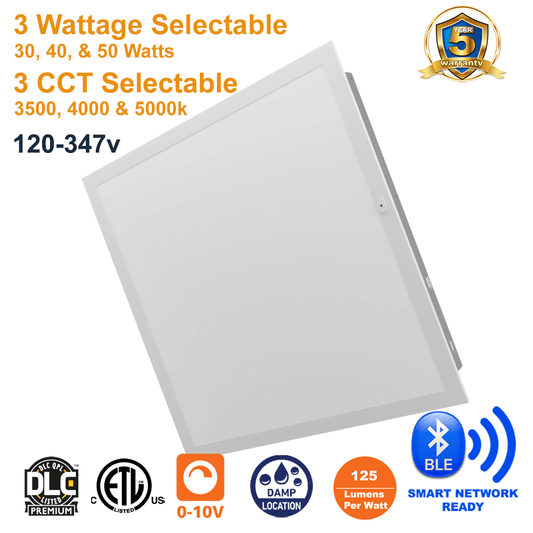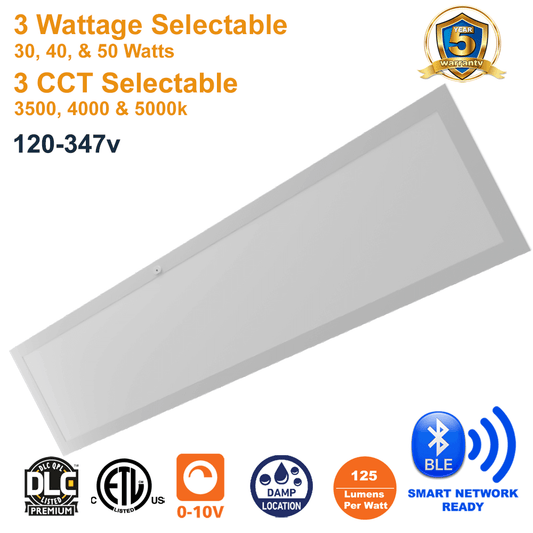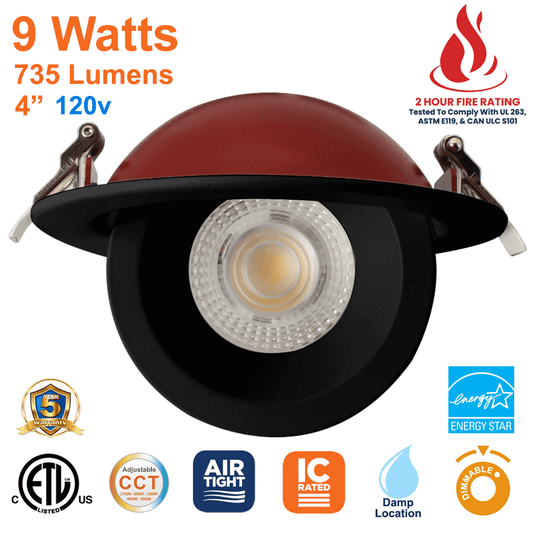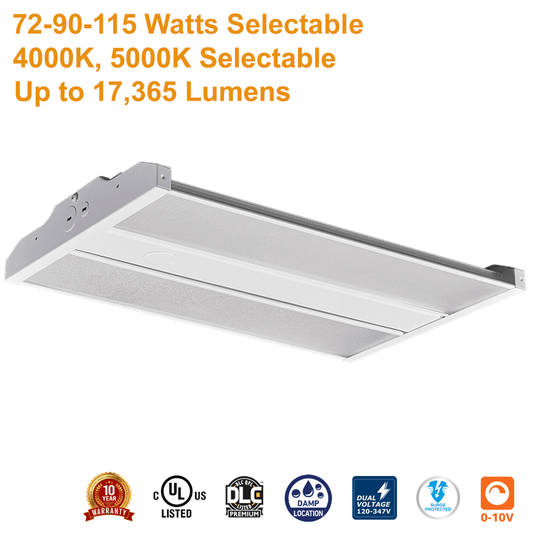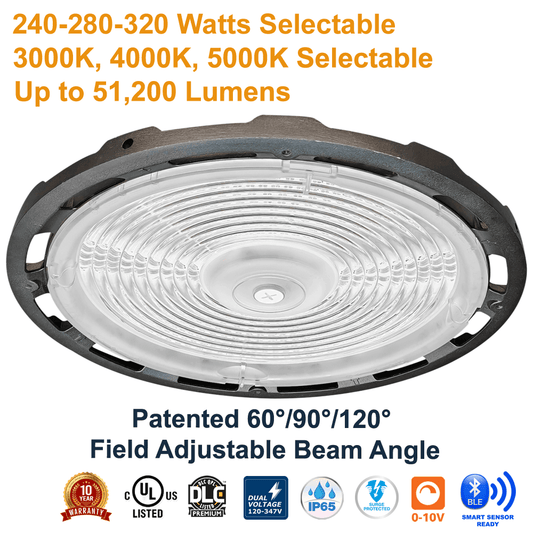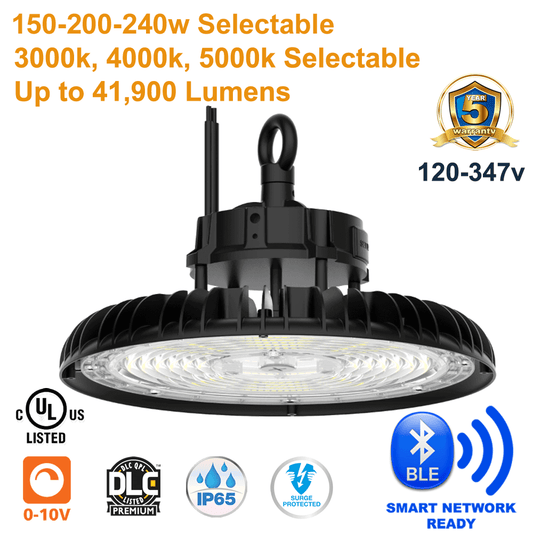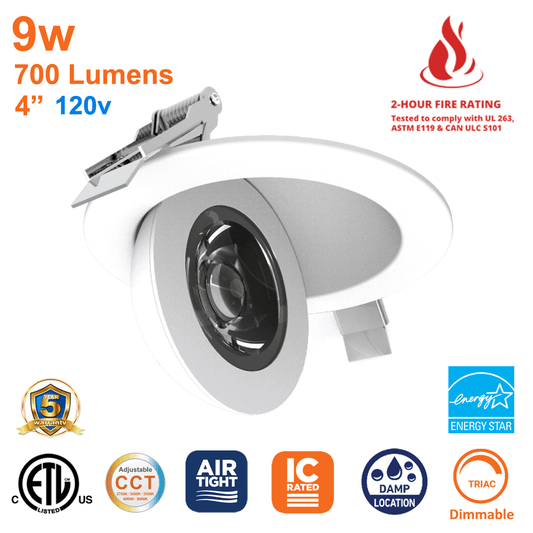Introduction
In the past, phrases like 'Colour Temperature,' 'Warm White,' and 'Cool White' held little significance, as incandescent light bulbs were fairly uniform. However, with the advent of diverse lighting technologies, and the more recent explosive growth in LED Lighting, Colour Temperature has become a crucial aspect of how a light source appears when turned on.
Today, there are multiple Colour Temperature options and selecting a light fixture or light bulb is not as straightforward as it used to be.
When you see Colour Temperature, it refers to a scale used to determine the warmth or coolness of light emitted from a specific source. Colour Temperature (K) is quantified in degrees of the Kelvin scale. The higher value indicate a cooler light colour and the lower values indicate a warmer light colour.
Let's say you need to replace a burnt-out white light bulb in your kitchen. You bring the old bulb to the store, find a new one with the same base and shape, and consider it a success. But, when you install the new light bulb at home, you discover that its Colour Temperature is different from the other identical looking bulbs in your kitchen, making the light it emits appear distinct.
While it may seem trivial, Colour Temperature can significantly impact a room or area’s ambiance, and mixing different Colour Temperatures can appear peculiar. Fortunately, there are ways to find light fixtures with the appropriate Colour Temperature.
Use The Kelvin Scale As A Reference
Colour Temperature is measured in degrees on the Kelvin scale. In lighting Kelvin is commonly abbreviated as 'K’. Higher numbers indicate cooler or bluer light, while lower numbers represent warmer or yellower light. For instance, a wax candle emits a warm white light of approximately 1000K, while clear mid-day light measures just over 5000K.

If you're unsure of your current light fixture’s Colour Temperature, don't worry. Today, LED Light Bulbs and LED Light Fixtures are manufactured according to several standard Color Temperatures, making it easier to find the Colour Temperature you want.
2700K-3000K – Warm White
This Colour Temperature is characteristic of traditional incandescent light bulbs and is widely used today. It emits a pleasant, yellowish glow, ideal for relaxation areas like living rooms and bedrooms. A yellowish-tinged light in your home likely comes from a warm white light bulb.
3500K – White
White light bulbs fall between Warm White and Cool White. They are versatile and suitable for busier spaces where you still want to achieve a degree of relaxation. You’ll often find 3500K lighting in spaces like waiting rooms, reception areas, offices, and schools.
4000K – Cool White
Cool White lighting lacks the warm yellow glow of warm white bulbs, and provides a crisper light. Light fixtures in this Colour Temperature are well-suited for kitchens and workplaces, and are excellent for bathrooms as they don't create colour casts, making makeup application easier. Many residential outdoor light fixtures use 4000K light bulbs for a clear, bright light that’s not too stark.
5000K – Daylight
Daylight mimics the natural light seen around noon on a clear day. When installed indoors, 5000K light sources can appear very stark and do not create a cozy atmosphere. This Colour Temperature should be avoided for bedrooms, living rooms, and any place where calmness and a relaxing atmosphere is wanted. 5000K is ideal for areas which require accurate colour reproduction, like showrooms, warehouses, parking lots, and workplaces requiring fine detail. 5000K is now the most common Colour Temperature for outdoor lighting and security lighting.
Note that Daylight Colour Temperature lighting is distinct from Full-Spectrum Daylight lighting. This type of lighting produces light across the entire colour spectrum instead of merely imitating daylight's color. You’ll find Full-Spectrum Daylight in light fixtures designed to treat Seasonal Affective Disorder (SAD).
FAQs
What is the difference between Colour Temperature and CCT?
CCT stands for Correlated Colour Temperature and, when used in LED Lighting, shares the same meaning as Colour Temperature.
How did Kelvin get its name?
The Kelvin scale is named after William Thomson, 1st Baron Kelvin. The Kelvin scale is named after William Thomson, 1st Baron Kelvin. Kelvin, a prominent physicist and engineer, is best known for his significant contributions to the fields of thermodynamics and physics. The Kelvin scale is an absolute thermodynamic temperature scale, using absolute zero as its zero point. While the Kelvin scale was developed to measure temperature, it has been adopted as a unit of measurement for Colour Temperature.
Conclusion
Colour Temperature plays an important role when selecting new lighting as it affects the look and feel of a space. A warm Colour Temperature can create a cozy and inviting atmosphere, while a cool Colour Temperature can create a more energizing and focused environment. It is also important to note that a light fixture's Colour Temperature has an affect on how colours appear, making it a crucial consideration when colour accuracy is important.
If you have any questions, you can email us through our Contact Page, or call us at 1-800-979-4223.





